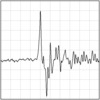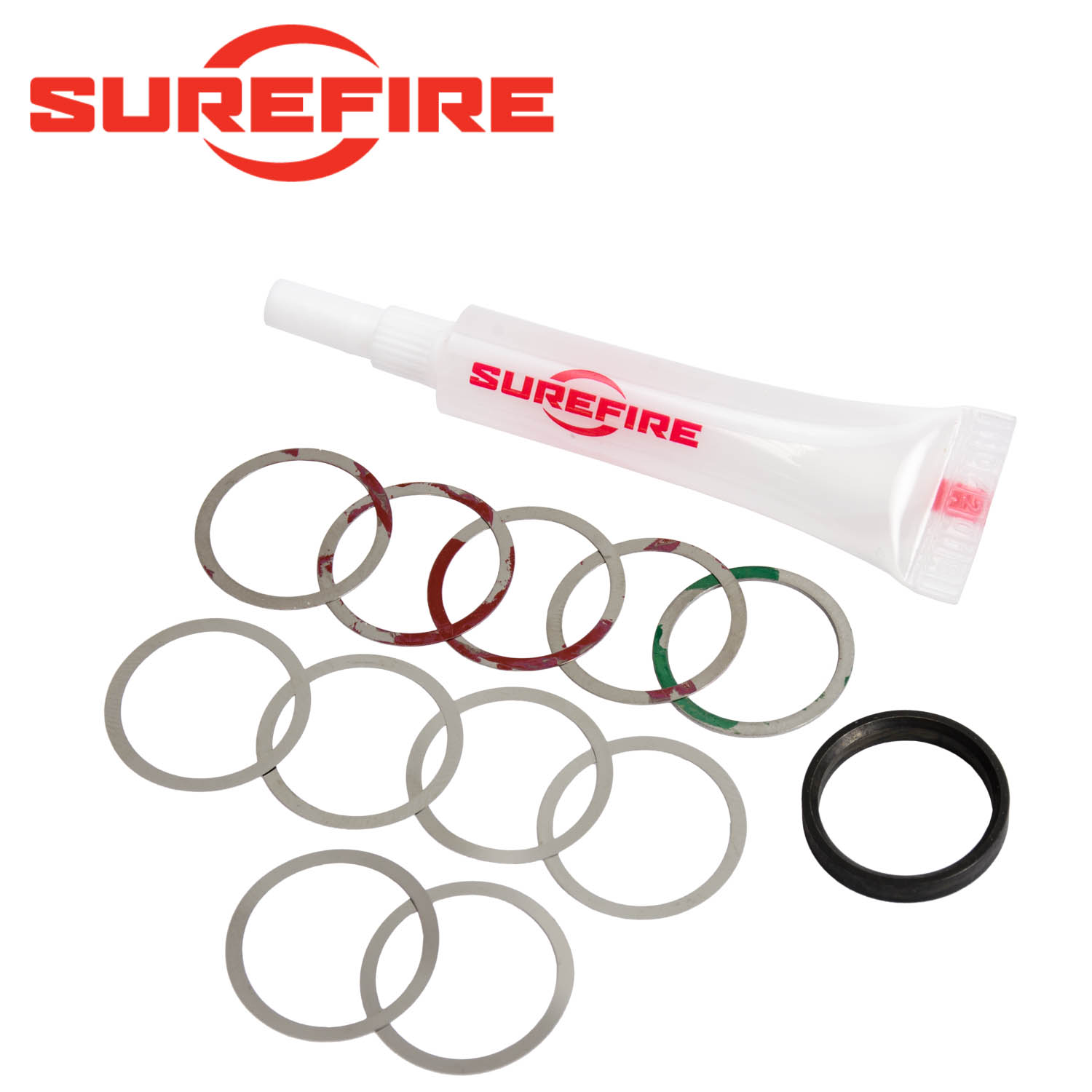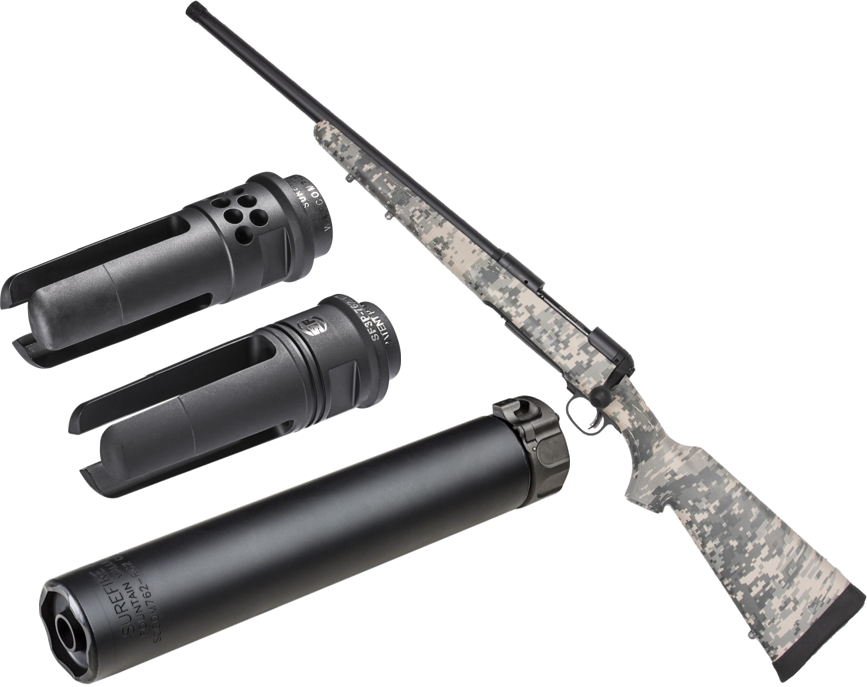I've been trying to decide what suppressor to get for my 20S for a few weeks and finally made up my mind and have one on order. I was deciding between Dead Air, OSS, and SureFire. Suppressor selection is so subjective and quality test data is hard to come by. Everyone has their own requirements so mine probably differ from yours (and this may be totally irrelevant) but wanted to share in case you hadn't researched all these options.
This recent Pew Science review was the largest deciding factors in going SureFire over Dead Air. I like the quick detach on the Dead Air better than the SureFire. The deciding factor for me was the incredibly low back pressure on the SureFire SOCOM 762-RC2 with no sound penalty over a Dead Air Sandman-L (Figure 13).
Surefire SOCOM762-RC2 Silencer Test with back pressure data. Real sound signature data with the Suppression Rating from PEW Science. Hearing Safe determinations for your use case. How does it do as a 308 rifle suppressor? Can it suppress 7.62 NATO? Is it the best 308 hunting suppressor?

pewscience.com
I'm watching the PMM video as I type this but I'd imagine the SCAR can be tuned to run nearly any suppressor. I like the fact that the SureFire should not require any tuning for those times when you're running without a suppressor in addition to a host of other benefits of lower back pressure. The really interesting takeaway I haven't seen mentioned anywhere else is the SureFire performs terribly with the SureFire Warcomp flash hider. Many previous reviewers that were critical of the high SPL numbers on the SureFire suppressor were running the Warcomp so take their numbers with a grain of salt.
Hi guys, I'm Jay, the owner and Technical Director of PEW Science.
I saw this link in my website analytics as I was going through it and had never been to this website before, so I came here to read the discussion, and looks like people have found my test data for the Surefire SOCOM762-RC2. I'm super glad folks are finding it informative and useful.
A couple of things I wanted to highlight -
1. The backpressure metric I computed in that review was (and is) preliminary. The backpressure part of my current research is still undergoing refinement. In the most recent 7.62 Sound Signature Review, which is review 6.36 on the website, I show Revision 2 of the back pressure metric, in which I consider not only the rise time to peak positive phase impulse, but the
rate of the rise, as well. So, with regard to the SOCOM762-RC2, it is still predicted to have "low" back pressure, but maybe not as low as I had previously estimated.
2. The sound signatures shown are obviously only valid in the configurations tested, which I'm sure you understand. Changing the host weapon and/or ammunition can change the signature, as you folks know - just wanted to highlight that for people who may see the test report and not know that.
With regard to questions I have for you guys -
A. I am not very familiar with the SCAR weapon system. As I am now an 07/02 I will probably buy one and convert it to full auto because I have been told they are fairly reliable. Seems fun. Have any of you done this?
B. With regard to silencer back pressure sensitivity on this host weapon (5.56 or 7.62 models of the SCAR), what have been your overall observations? Have you folks seen reliable operation with the SOCOM762-RC2 on the 7.62 SCAR? Do my back pressure estimations make sense? What about on the 5.56 version of the SCAR? Furthermore, what about things like the SOCOM556-RC2? Have you tried that on the 5.56 SCAR? I assume folks adjust gas port size with this gun like they do on the Stoner platform, just by a different method. That is fine, but I am interested in particular configurations with particular silencers. Your field data is very valuable.
Thank you for highlighting my research. I appreciate it, and thank you for any thoughts or insight you can provide into the above.
r/
Jay
PEW Science







